Improving Product Reliability —— Strategies and Implementation
----- 改进产品的可靠性:战略与实施
About the Authors. Series Foreword. Foreword. Preface. Gaining Competitive Advantage. List of Acronyms. Acknowledgements. PART I: Reliability - It's a Matter of Survival. 1 Competing in the Twenty-first Century. 1.1 Gaining competitive advantage. 1.2 Competing in the next decade - winners will compete on reliability. 1.3 Concurrent engineering. 1.4 Reducing the number of Engineering Change Orders (ECOs) at product release. 1.5 Time-to-market advantage. 1.6 Accelerating product development. 1.7 Identifying and managing risks. 1.8 ICM, a process to mitigate risk. Reference. 2 Barriers to Implementing Reliability. 2.1 Lack of understanding. 2.2 Internal barriers. 2.3 Implementing change and change agents. 2.4 Building credibility. 2.5 Perceived external barriers. 2.6 It takes time to gain acceptance. 2.7 External barrier. 3 Understanding Why Products Fail. 3.1 Why things fail. 3.2 Parts have improved, everyone can build quality products. 3.3 Reliability - a twenty-first century paradigm shift. References. 4 Alternative Approaches to Implement Reliability. 4.1 Hiring consultants. 4.2 Outsourcing reliability. PART II: Unraveling the Mystery. 5 The Product Life Cycle. 5.1 Six phases of the product life cycle. 5.1.1 Mitigate risk. 5.2 The ICM process for a small company. 5.2.1 DFx - Design For Manufacturability (DFM), Design For Test (DFT), Design For Reliability (DFR), and Design For Serviceability (DFS). 5.2.2 Warranty. References. 6 Reliability Concepts. 6.1 The bathtub curve. 6.2 Mean Time Between Failure. 6.2.1 Mean time between repair. 6.2.2 Mean Time Between Maintenances (MTBM). 6.2.3 Mean Time To Failure (MTTF). 6.2.4 Mean Time To Repair (MTTR). 6.2.5 Mean Time To Restore System (MTTRS). 6.3 Warranty costs. 6.4 Availability. 6.4.1 On-site manufacturer service personnel. 6.4.2 Customer trained service personnel. 6.4.3 Manufacturer training for customer service personnel. 6.4.4 Easy-to-Use service manuals. 6.4.5 Rapid diagnosis capability. 6.4.6 Repair and spare parts availability. 6.4.7 Rapid response to customer requests for service. 6.4.8 Failure data tracking. 6.5 Reliability growth. 6.6 Reliability demonstration testing. References. 7 The Reliability Toolbox. 7.1 The FMEA process. 7.1.1 The functional block diagram. 7.1.2 The fault tree analysis. 7.1.3 Failure modes and effects analysis spreadsheet. 7.1.4 Preparing for the FMEA. 7.1.5 Barriers to the FMEA process. 7.1.6 FMEAs ground rules. 7.2 The HALT process. 7.2.1 Types of stresses applied in HALT. 7.2.2 The theory behind the HALT process. 7.2.3 HALT testing. 7.3 Highly accelerated stress screening (HASS). 7.3.1 Proof Of Screen (POS). 7.3.2 Burn-in. 7.3.3 Environmental Stress Screening (ESS). 7.3.4 Economic impact of HASS. 7.3.5 The HASA process. 7.4 Summary of HALT, HASS, HASA and POF benefits. 7.5 HALT and HASS test chambers. 7.6 SPC tool. 7.7 FIFO tool. 7.8 Component derating - a first line of defense in product reliability. References. 8 Why Reliability Efforts Fail. 8.1 Lack of commitment to the reliability process. 8.2 Inability to embrace and mitigate technologies risk issues. 8.3 Choosing the wrong people for the job. 8.4 Inadequate funding. 8.5 Mil-Std 217/Bellcore - What they really do and why they don't work. 8.6 Finding but not fixing problems. 8.7 Nondynamic testing. 8.8 Vibration testing too difficult to implement. 8.9 Late software. 8.10 Supplier reliability. References. 9 Supplier Management. 9.1 Purchasing interface. 9.2 Identifying your critical suppliers. 9.3 Develop a thorough supplier audit process. 9.4 Develop rapid nonconformance feedback. 9.5 Develop a Materials Review Board (MRB). PART III: Three Steps to Successful Implementation. 10 Establishing a Reliability Lab. 10.1 Staffing for reliability. 10.2 The reliability lab. 10.3 Facility requirements. 10.4 Liquid nitrogen requirements. 10.5 Air compressors requirements. 10.6 Selecting a reliability lab location. 10.7 Selecting a HALT test chamber. 10.7.1 Chamber size. 10.7.2 Machine overall height. 10.7.3 Power required and consumption. 10.7.4 Acceptable operational noise levels. 10.7.5 Door swing. 10.7.6 Ease of operation. 10.7.7 Profile creation, editing, and storage. 10.7.8 Temperature rates of change. 10.7.9 Built-in test instrumentation. 10.7.10 Safety. 10.7.11 Time from order to delivery. 10.7.12 Warranty. 10.7.13 Technical/Service support. 10.7.14 Compressed air requirements. 10.7.15 Lighting. 10.7.16 Customization. 11 Hiring and Staffing the Right People. 11.1 Staffing for reliability. 11.2 Choosing the wrong people for the job. 12 Implementing the Reliability Process. 12.1 Reliability is everyone's job. 12.2 Formalizing the reliability process. 12.3 Implementing the reliability process. 12.4 Rolling out the reliability process. 12.5 Developing a reliability culture. 12.6 Setting reliability goals. 12.7 Training. 12.8 Product life cycle defined. 12.9 Concept phase. 12.10 Design phase. 12.11 Production phase. 12.12 End-of-life phase. 12.13 Proactive and reactive reliability activities. References. PART IV: Reliability Process for Product Development. 13 Product Concept Phase. 13.1 Establish the reliability organization. 13.2 Define the reliability process. 13.3 Define the system reliability requirement. 13.4 Capture and apply lessons learned. 13.5 Risk mitigation. 13.5.1 Filling out the risk mitigation form. 14 Design Concept Phase. 14.1 Setting reliability requirements and budgets. 14.2 Define reliability design guidelines. 14.3 Risk mitigation in the design concept phase. 14.3.1 Identifying risk issues. 14.3.2 Reflecting back (capturing internal lessons learned). 14.3.3 Looking forward (capturing new risk issues). 14.4 Reliability capital budget and activity scheduling. 14.5 Risk mitigation meeting. 14.6 Reflection. 15 Product Design Phase. 15.1 Product design phase. 15.2 Reliability estimates. 15.3 Implementing risk mitigation plans. 15.3.1 Mitigating risk issues captured reflecting back. 15.3.2 Mitigating risk issues captured looking forward. 15.4 Design For Reliability Guidelines (DFR). 15.4.1 Derating guidelines. 15.5 Design FMEA. 15.6 Installing a failure reporting analysis and corrective action system. 15.7 HALT planning. 15.8 HALT test development. 15.9 Risk mitigation meeting. References. 16 Design Validation Phase. 16.1 Design validation. 16.2 Using HALT to precipitate failures. 16.2.1 Starting the HALT Test. 16.2.2 Room ambient test. 16.2.3 Tickle vibration test. 16.2.4 Temperature step stress test. 16.2.5 Rapid thermal cycling stress test. 16.2.6 Vibration step stress test. 16.2.7 Combinational temperature and vibration test. 16.2.8 Combinational search pattern test. 16.2.9 Additional stress tests. 16.2.10 HALT validation test. 16.3 Proof Of Screen (POS). 16.4 Operate FRACAS. 16.5 Design FMEA. 16.6 Closure of risk issues. References. 17 Production Phase. 17.1 Accelerating design maturity. 17.1.1 Product improvement tools. 17.2 Reliability growth. 17.3 Design and process FMEA. 17.3.1 Quality control tools. References. 18 End of Life Phase. 18.1 Product termination. 18.2 Project assessment. Reference. 19 Field Service. 19.1 Design for ease of access. 19.2 Identify high replacement assemblies (FRUS). 19.3 Wearout replacement. 19.4 Preemptive servicing. 19.5 Servicing tools. 19.6 Service loops. 19.7 Availability or repair time turnaround. 19.8 Avoid system failure through redundancy. 19.9 Random versus wearout failures. Reference. Appendix A. Appendix B. Index.
{{comment.content}}
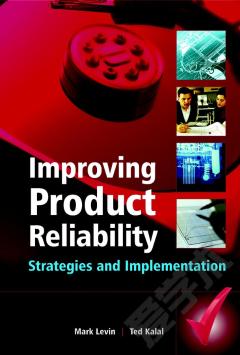
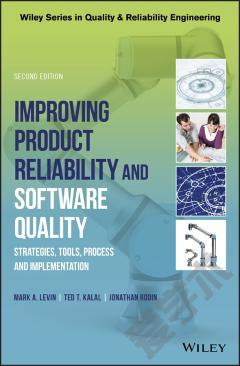
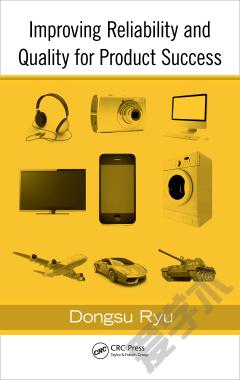
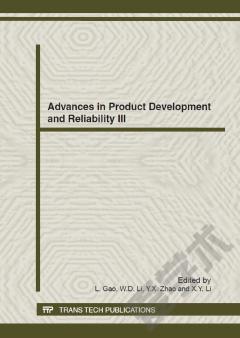
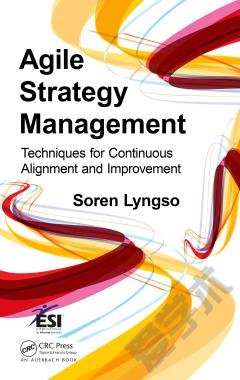



 京公网安备 11010802027623号
京公网安备 11010802027623号